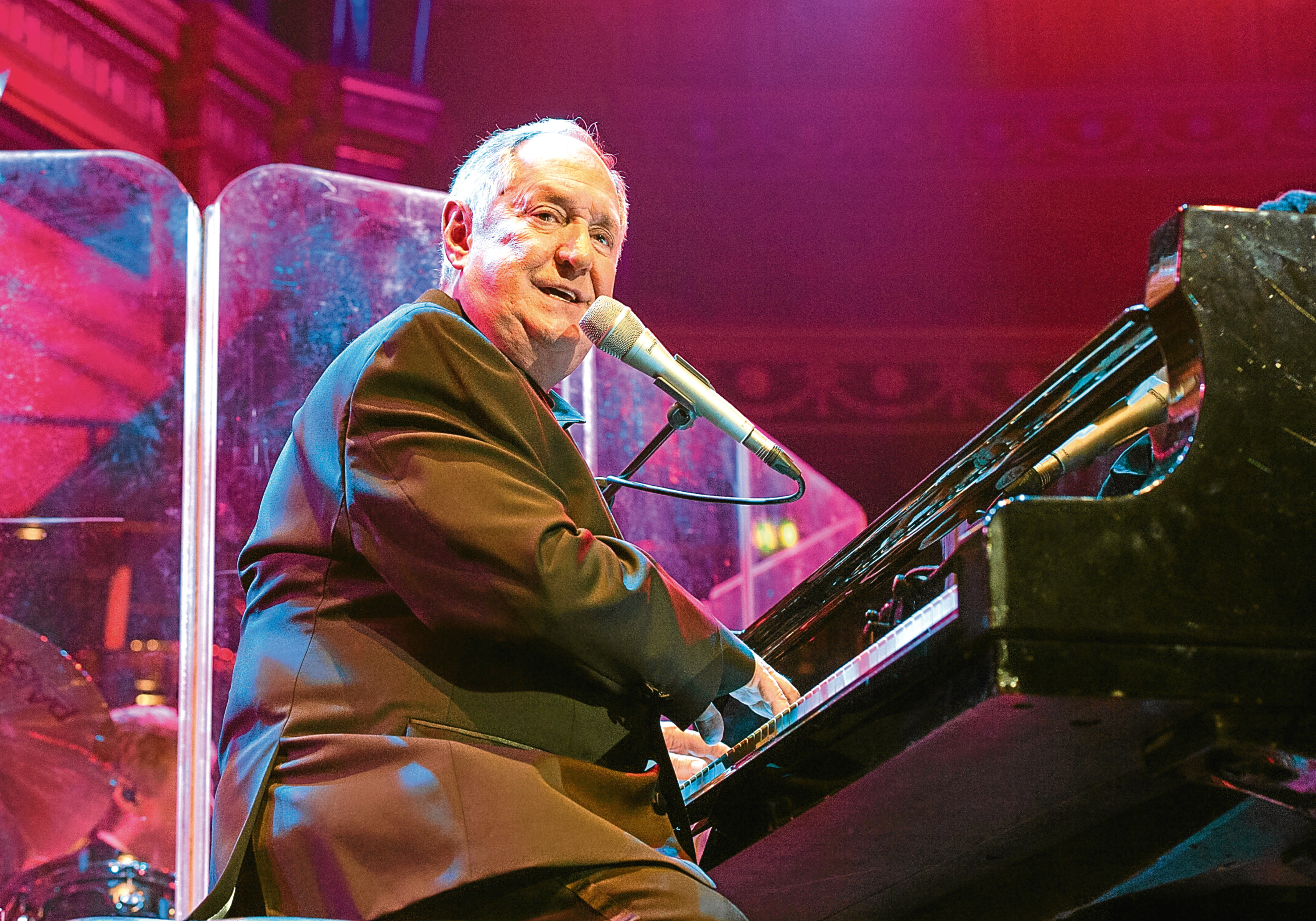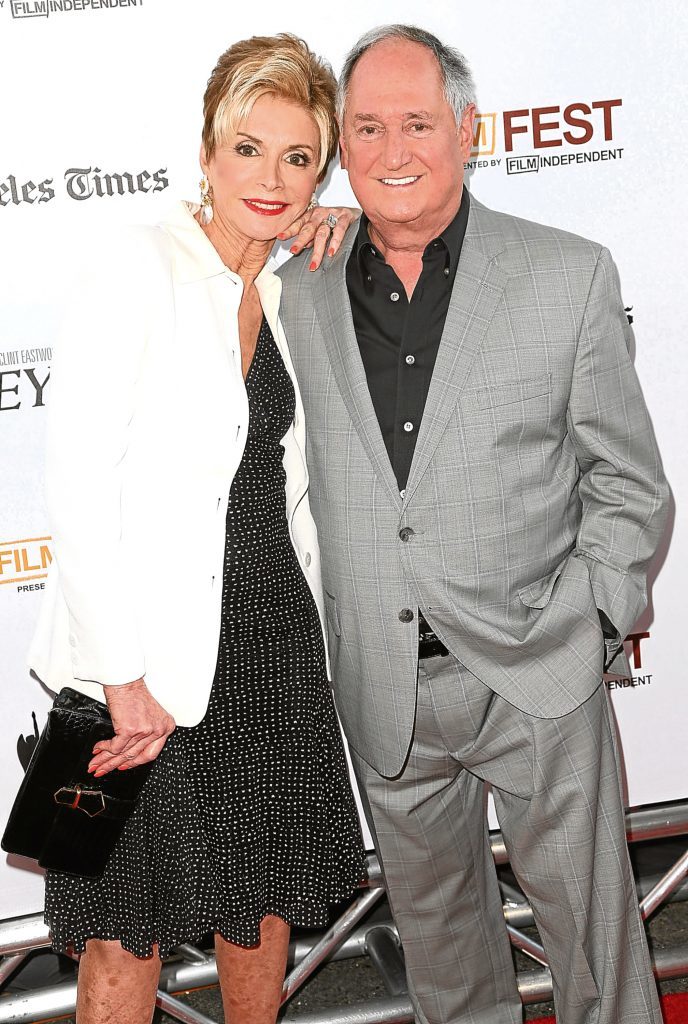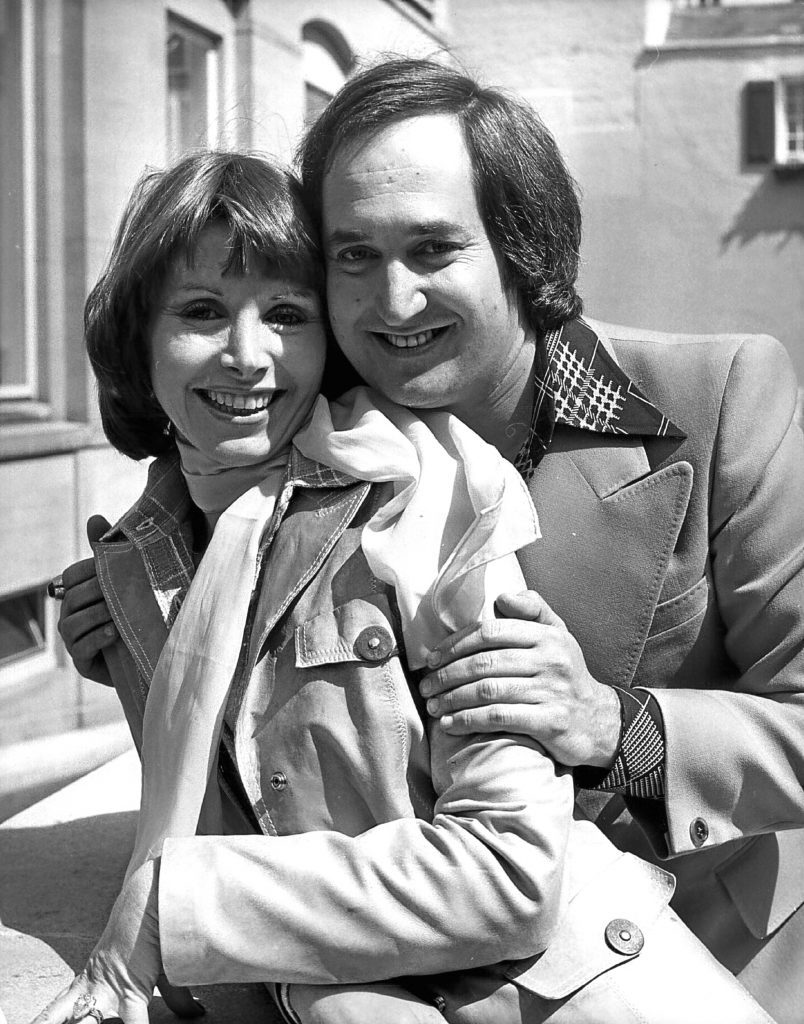
NEIL SEDAKA! What more needs to be said except that he is on his way back to his second home for another tour — yes, the 78-year-old singer/songwriter is soon to be back in Britain.
From Oh! Carol in the 50s to Calendar Girl in the 60s to Laughter In The Rain in the 70s, Neil Sedaka has given us so many memorable songs and he is still performing to packed houses — not bad for someone who started out with classic music training.
“I was born in New York to music-loving parents,“ Neil explains. “I had a very happy childhood and no complaints.
“We used to listen to a radio show called Make Believe Ballroom, compered by a man named Martin Block.
“He played recordings, but made it seem as if the performers were singing live. It was clever and I used to listen while trying to pick out tunes with one finger on a piano.
“A teacher urged my parents to get me an upright piano so I could practise.
“I took to classical music very quickly and when I was eight, I won a scholarship that took me to the Juillard School of Music — the children’s division.
“It meant practising five hours a day. I didn’t enjoy every minute of it, but mostly I did.
“I loved music, especially classical, so practice was worthwhile.
“My dad gave me some good advice, too. He said that I wouldn’t eat until I could play well.
“I liked eating, so I worked hard. I think it was his way of saying that I could have a career in music if I was prepared to work hard at it.
“I did find myself getting teased a little at school. There was some bullying, not much, but the other guys were into rock ’n’ roll and I was into Mozart.
“I found a way round that, though, as I could play boogie on the piano at their parties, so I became one of the good guys.”
When Neil said he loved music, he meant all kinds and really did like rock and pop as well.
“I formed a band at school called The Tokens. We recorded a couple of numbers that were small hits in the neighbourhood,” he recalled.
“I realised I wanted to create songs as well as sing them. When I was 13, I met my friend Howard Greenfield, who was an aspiring poet and lyricist. We began writing songs together and that was when it just took off.”
Neil’s songs soon reached the ears of some major record producers and their stars,” he said.
“I’ve been lucky enough to have my songs performed and recorded by some of the greatest stars.
“Connie Francis recorded Stupid Cupid and gave me my first real hit in 1958. It was very exciting.
“I was given a contract with RCA as a writer and performer and the excitement and thrills kept coming.
“Andy Williams did a wonderful version of Solitaire in 1973 and he also recorded another five of my songs.
“Elvis recorded Solitaire, too, and Patti Page did me the honour of recording Laughter In The Rain.
“I know my songs touch the emotions as I’ve had so many letters and messages telling me what those songs mean to them.
“That’s a delight, but I feel for the people who relate to the words because they have been hurt.
“A lot of people ask me what inspires my songs, but the truth is that I don’t really know.
“Yes, they are often quite emotional but I have not had a life of pain.
“I’m a happy person. I am very sensitive, though.
“I can walk into a room and feel if someone is anxious about something.
“When I write, I just sit with a blank piece of paper and a pen and wait to see what happens.
“I really don’t plan anything and perhaps someone up there is just being very kind and guiding me. Who knows?”
Neil admits that he finds it hard to pick his own favourite song.
“That’s very difficult because I have written more than a thousand songs and they are like family to me,” he said.
“If I say Laughter In The Rain then I immediately think of another and another. They are all special.”
Talking of family, Neil has been happily married to Leba since 1962 and dotes on his children and grandchildren.
“My lovely wife and our family mean everything to me, they are my prized possessions,” he said.
“You can replace material things, but you can’t replace people. I do have some possessions that mean something to me — my pianos, for instance, and also a crystal elephant given to me by my late sister.
“She had it inscribed ‘Neil, you make the whole world sing’. That is very special to me but, of course, my family always comes first with everything.”
Neil is still packing concert halls all over the world, but there was a time when it seemed it was over.
“Writing songs has always been great, but I wanted to perform as well,” Neil recalled. “During the mid to late 1960s, the music scene started to change.
“The Beatles, the Rolling Stones and others were hitting it big.
“Their music was different, but very good. I liked it, but it meant people like me were taking a back seat, in danger of being forgotten.
“So, in the early 70s, I moved to England for three years with my family and it was here that my career was relaunched when Elton John asked if I would sign for his record label, Rocket Records.
“That was a turning point for me. Now I was recording again.
“I have much to thank Britain for. We had to move back to the States because of work, but I have never forgotten how my career was saved in the UK.
“That’s why I love coming back and why I am looking forward to my tour in September.
“We shall be at Gateshead, Glasgow, Birmingham, Manchester, the Royal Albert Hall in London and then Cardiff.
“There might be new songs, but we shall be playing all the hits and that has to include Show Me The Way To Amarillo.
“When I wrote it, I meant it to be fun, and it still is — I don’t think there is enough fun in the world, so I just love to play and sing it.
“Tony Christie did a great job with it in 1971 and then did it all again with Peter Kay for Comic Relief in 2005. It was nice that it raised a lot of money for children’s charities and whenever it is played, it raises people’s spirits.
“Music can do that like nothing else.”
There is no doubt Neil Sedaka is a legend. He is also still in love with his wife, music and Britain.
“These are my loves of a life time — after all, Breaking Up Is Hard To Do!” he smiled.

Enjoy the convenience of having The Sunday Post delivered as a digital ePaper straight to your smartphone, tablet or computer.
Subscribe for only £5.49 a month and enjoy all the benefits of the printed paper as a digital replica.
Subscribe
